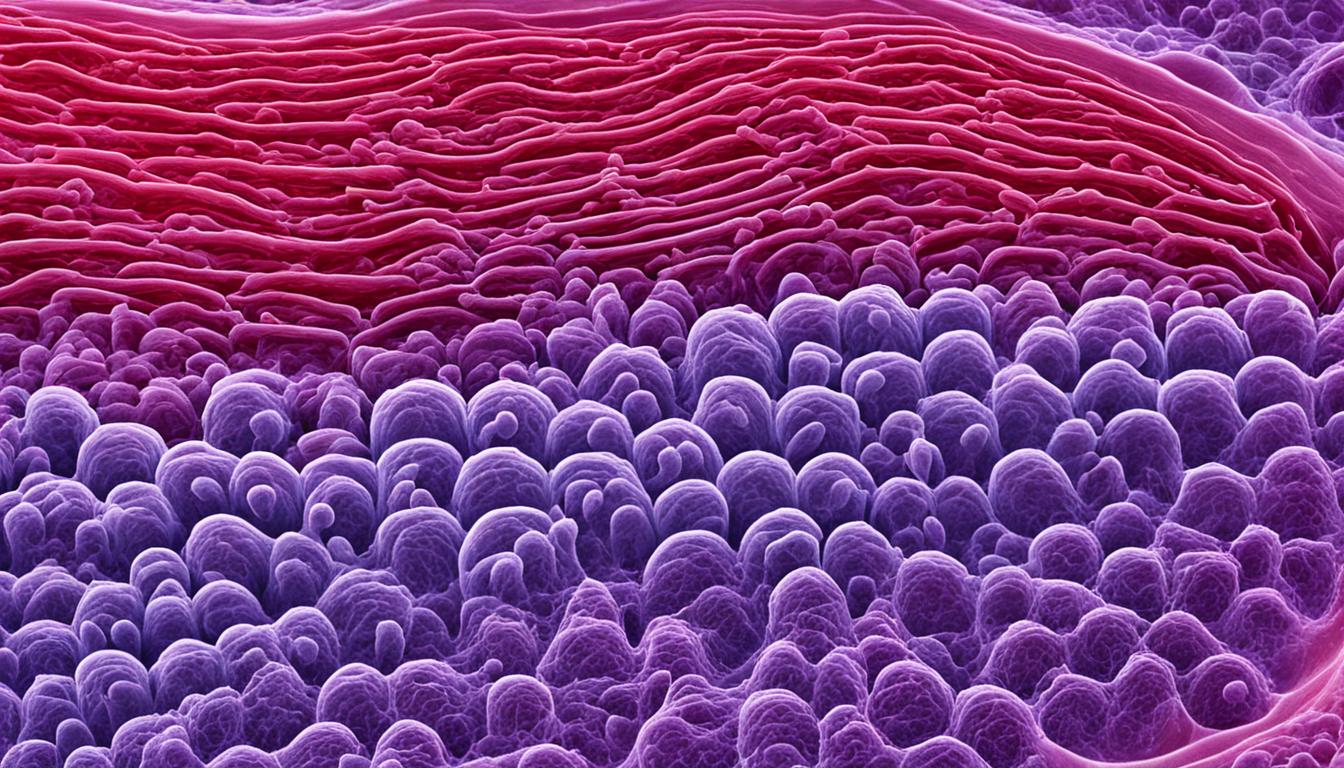Eosinophilic esophagitis (EoE) is a long-lasting inflammation in the esophagus that can affect both kids and adults. It is mainly triggered by eosinophils. More and more people globally have been suffering from EoE. It is seen more in young boys who have had an allergic history.
The symptoms of EoE can show up differently depending on the person’s age. Adults often feel like food is stuck and have a hard time swallowing. Meanwhile, kids may find it difficult to eat, have stomach pains, or throw up.
Finding out if someone has EoE involves checking their symptoms and taking esophageal biopsies. A diagnosis is confirmed if there is a lot of inflammation caused by eosinophils. It’s also important to make sure it’s not something else, like GERD.
There are a few ways to treat EoE, all focused on making symptoms better and protecting the esophagus. Medicines like proton pump inhibitors or steroids can help with inflammation. For some, avoiding certain foods may be the key to feeling better. In bad cases, widening the esophagus might be needed to swallow easier.
Key Takeaways:
- Eosinophilic esophagitis (EoE) causes the esophagus to stay inflamed.
- Its symptoms can include trouble swallowing, feeling like food is stuck, or stomach issues.
- Doctors diagnose EoE by looking at symptoms and checking for a lot of eosinophils in the esophagus.
- Treatments can involve medicines, avoiding certain foods, and in some cases, using stem cells.
- Stem cell therapy is a hopeful treatment for EoE, aiming to fix esophageal damage and reduce inflammation.
Incidence and Prevalence of Eosinophilic Esophagitis
Eosinophilic esophagitis (EoE) is becoming more common around the world. It mainly affects kids from 5 to 14 years old and adults from 20 to 45 years old. It’s a chronic problem that causes swelling in the esophagus.
Studies show that EoE is more likely in males than females. Males face a 3-4 times higher risk. This difference hints at unique factors that might cause the disease in each gender.
The rates of EoE can vary by location. Places with colder weather, like North America and Europe, have more cases. But, EoE doesn’t only happen in these areas. It’s also found in countries like Australia and Spain.
Why is EoE becoming more common? Better awareness and changes in how we diagnose EoE play a big part. New medical technologies and better healthcare access also help us find and report more cases.
It’s vital to know the details about who gets EoE and where. This helps doctors choose the best treatments. By understanding these aspects, we can help those with EoE have better results.
Caption: Rising incidence and increasing prevalence of Eosinophilic Esophagitis
Pathophysiology of Eosinophilic Esophagitis
Eosinophilic esophagitis (EoE) involves many factors working together. These include things like exposure to certain antigens, genetic traits, and bodily responses. An immune reaction happens when these antigens, from food or the environment, come in contact with the esophagus. This leads to increased cytokines and starts an inflammatory process in the esophagus.
Eosinophils and other inflammatory cells move into the esophageal wall because of this reaction. These cells let out substances that cause more inflammation and damage. The result is the esophagus becoming swollen, stiff, and narrow. Additionally, the immune reaction damages the esophageal epithelial barrier, making the inflammation worse.
The full story of how EoE works is still a bit of a mystery. But we do know that the immune system and certain cells in the esophagus are key. Figuring this out is crucial to making treatments that target the problem and help lessen symptoms.
We still have a lot to learn about EoE’s triggers and how they interact with our bodies. This knowledge could lead to new and better treatments. The goal is to treat the root cause and improve the lives of those with EoE.

